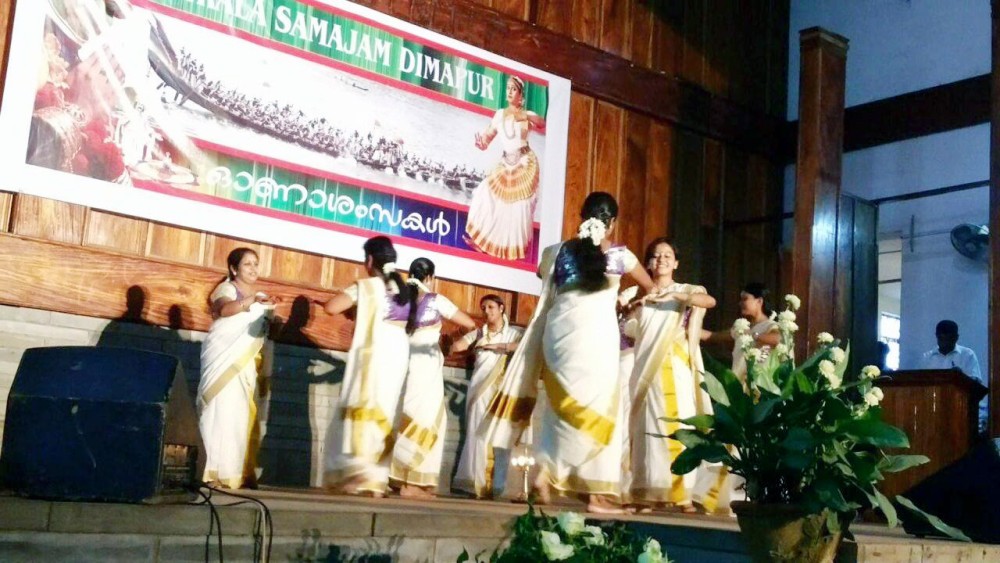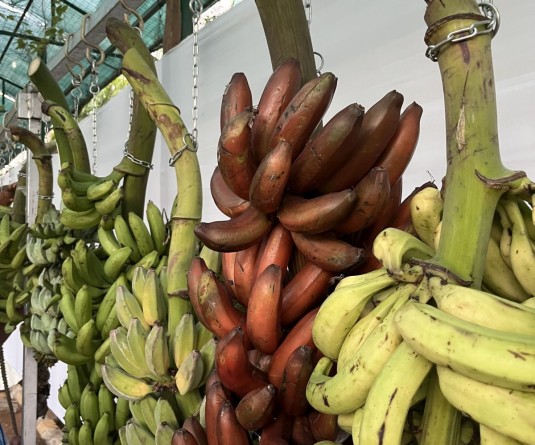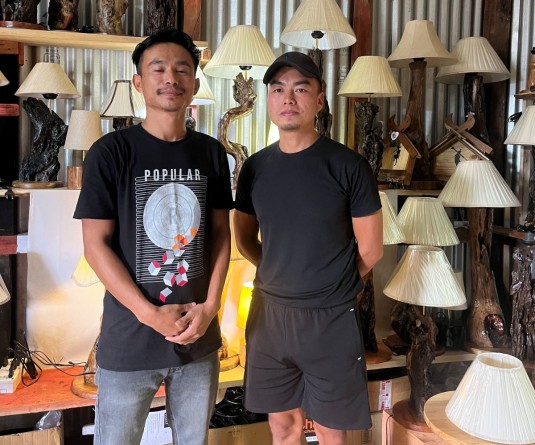
Arya Lakshmi
Dimapur | May 19
Far away from their “God’s Own Country” started a tale of culture mix in the Naga valleys. The Malayalis have much to share than mere stories of their settlement in Nagaland.
Though the first ever Malayali community in Nagaland cannot be traced back, but the prominent migration of Malayalis was witnessed during the mid 1970’s to early 1980’s. The Gulf loving community (as 88% of the NRI’s from Kerala are settled in Gulf countries) came in huge numbers to Nagaland as teachers, government officers and a few business men.
Due to the insurgency problems in Nagaland then, the community kept very quiet until the first ever Kerala Samajam (Dimapur) was formed in 1983, largely as a library club. The Kerala Samajam dealt only with the circulation of Malayalam texts and magazines, so that the community people and the children don’t lose touch with their land and language. As time passed, the Malayali community saw many deaths among its members and obstructions came up in sending the bodies to their homes in Kerala. This was when the Malayalis felt an urgent need for a community living and an active Kerala Samajam.
Jose, a teacher, says, “Dimapur is the gateway of Nagaland as the existence of both a major railway station and also an airport made it easier for people from Nagaland and Manipur to commute easily. During those times, many bodies of Malayalis were sent down to Dimapur from Kohima and we had to pack the bodies and send them off. The packing of the body mostly happened in church or government office compounds and sometimes even in some stores.”
Back then, in many areas of Kohima, where modern education was non existent, a lot of Malayalis worked as compounders. Though their basic occupation was to give away medicines, many Malayalis also acted as doctors, who were warmly welcomed by the Nagas. This was due to the absence of professional doctors in the interiors of Nagaland.
At the same time, many Malayali men married Naga girls, leading to cultural integration. “The Nagas gave Malayalis utmost respect and hence, they didn’t mind marrying their daughters away to Malayali men. Though not much of cultural integration could happen as the cultures vary widely but this resulted in many Malayalis settling in Nagaland permanently. Amalgamation of cultures wasn’t even a question as many a times, these marriages were forced. Sometimes, the man might already have a family in Kerala and he marries to a Naga girl, only to satisfy the Naga customs and traditions and settles down here permanently. But now the scenarios have changed”, said Radhakrishnan, a businessman in Dimapur.
At present, there are many young Malayali men are married to Naga women and are well accepted both in Nagaland and in Kerala. Maintaining a healthy relationship has become much easier between the two communities. The celebration of Onam festival is an example of growing relations between the Nagas and the Malayalis.
Ajith Kumar, another business man and an executive member of Kerala Samajam (Dimapur) said, “Onam is not just restricted to Malaylis but to Nagas as well. Mostly we call in Naga government officers as our chief guests and also we see a huge Naga participation in our function. Last year, we not only showcased Malayalam art forms but also displayed various Naga traditional art forms and dresses. This was widely appreciated by the Naga community and gives us more opportunity to mingle with them.”
The Kerala Samajam is quite active, providing regular Saturday Malayalam classes for Malayali kids and also meetings held by the members of the Samajam at their newly constructed buildings on the land they bought years back. Reji Abraham, President of Kerala Samajam Dimapur and Principal of SD Jain HSS said, “Though the inflow of Malayalis have reduced from 2005 onwards as not many non-Nagas are in government jobs and also many jobs have come up in Kerala, but we still carry on our small community and Kerala Samajam with great enthusiasm. In recent past, through our frequent pleas at the centre, we have got a train from Dibrugarh to Kochuveli, avoiding an extra trip to Guwahati to catch a train to our land.”
Members of the Malyali community are positive about their lives in Dimapur and look forward to see more Malayalis in the state. Radhakrishnan adds, “Nagaland is a very safe place and the only problems were during the insurgency period. We, as a community have learned a lot from the Nagas and have never been a liability to the Nagas in any terms.”


.jpg)


